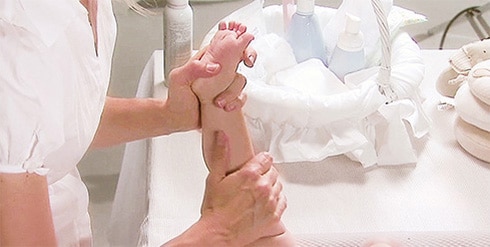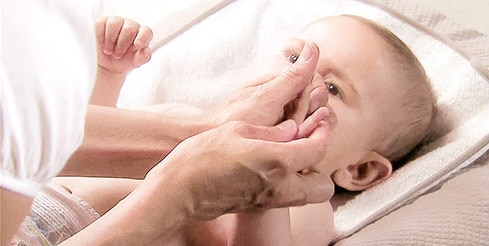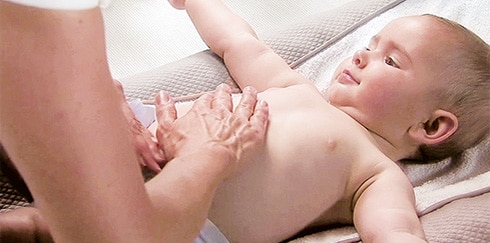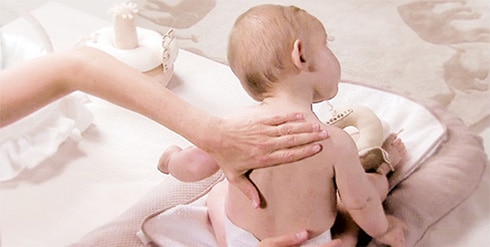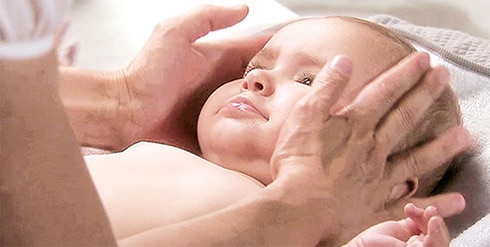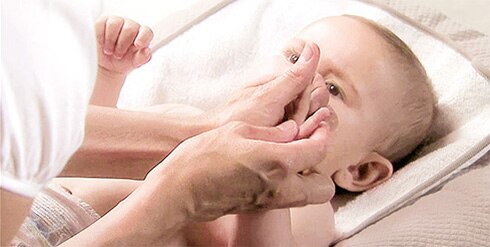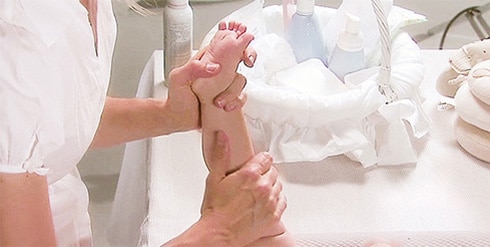ADVICE & TIPS
Our tips for itchy skin
At home
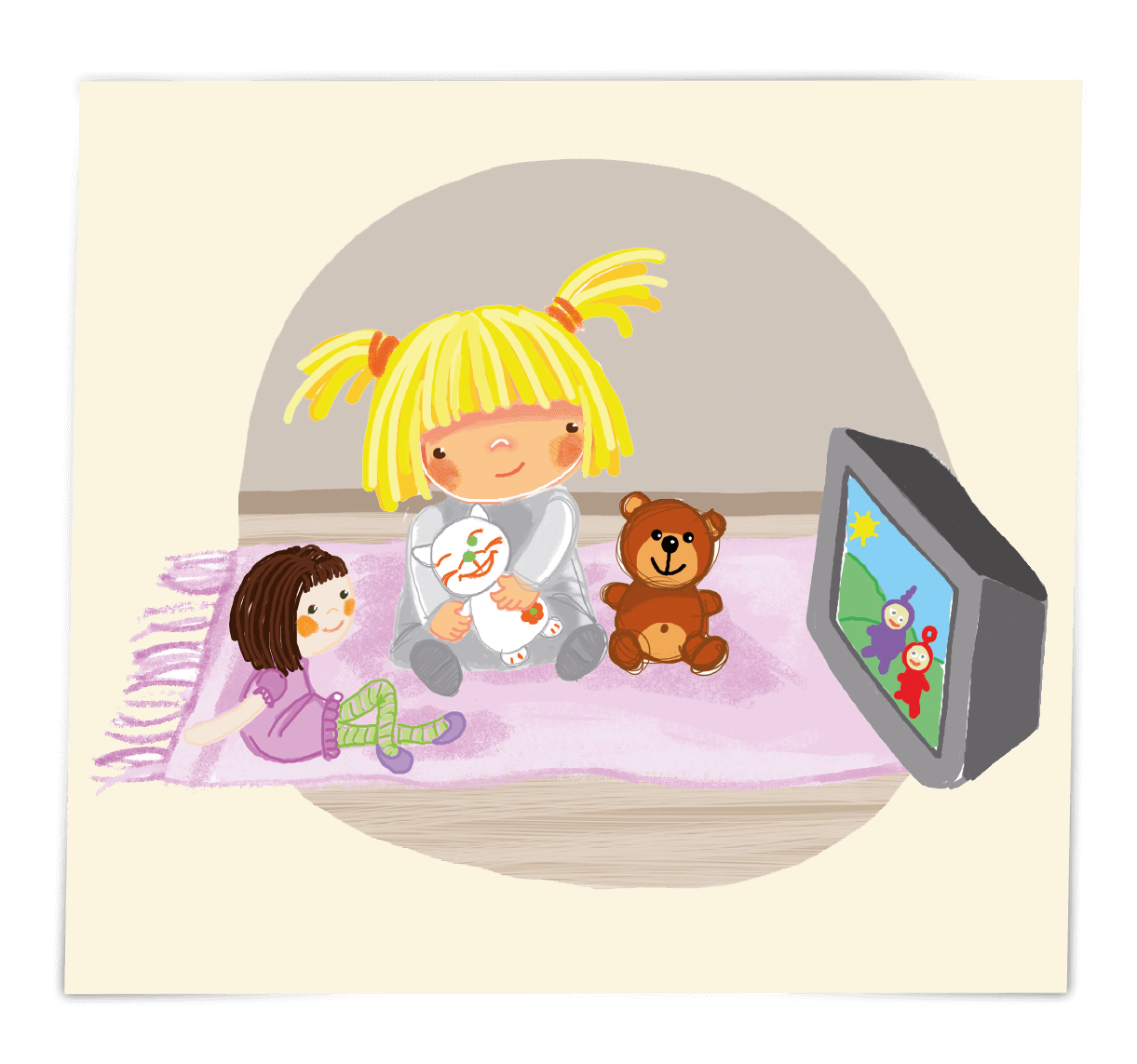
I can scratch my teddy instead.
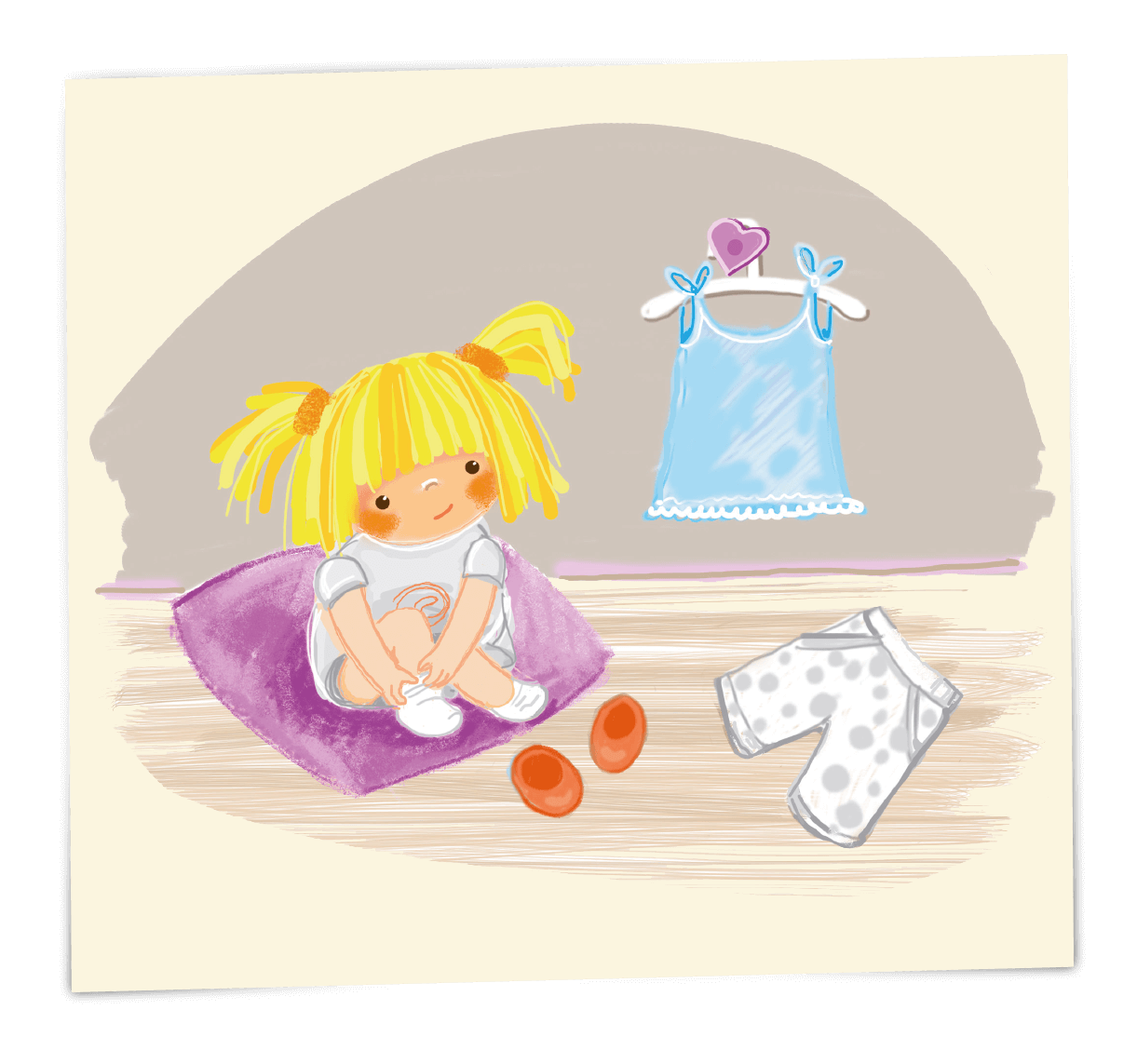
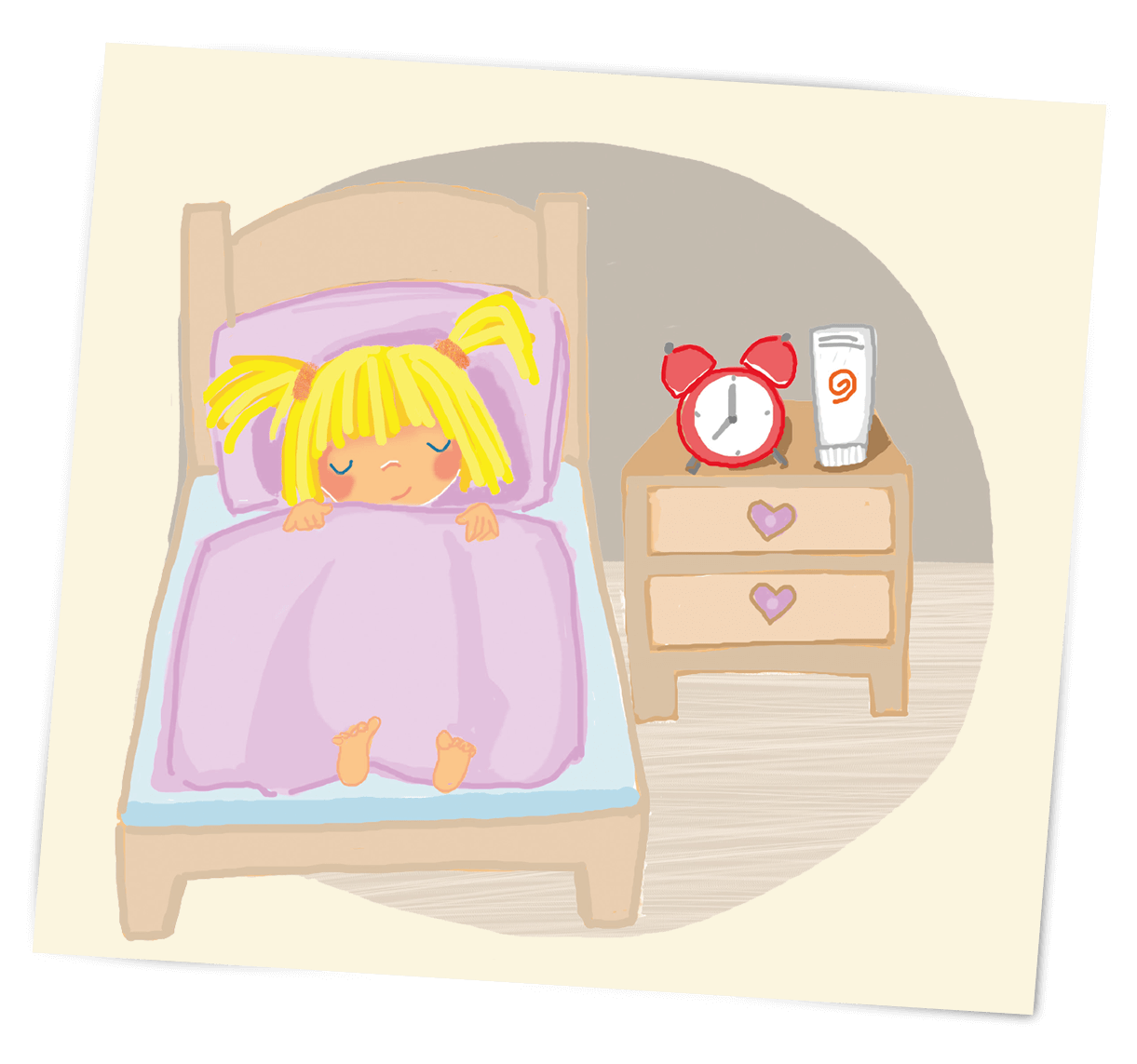
In the bathroom
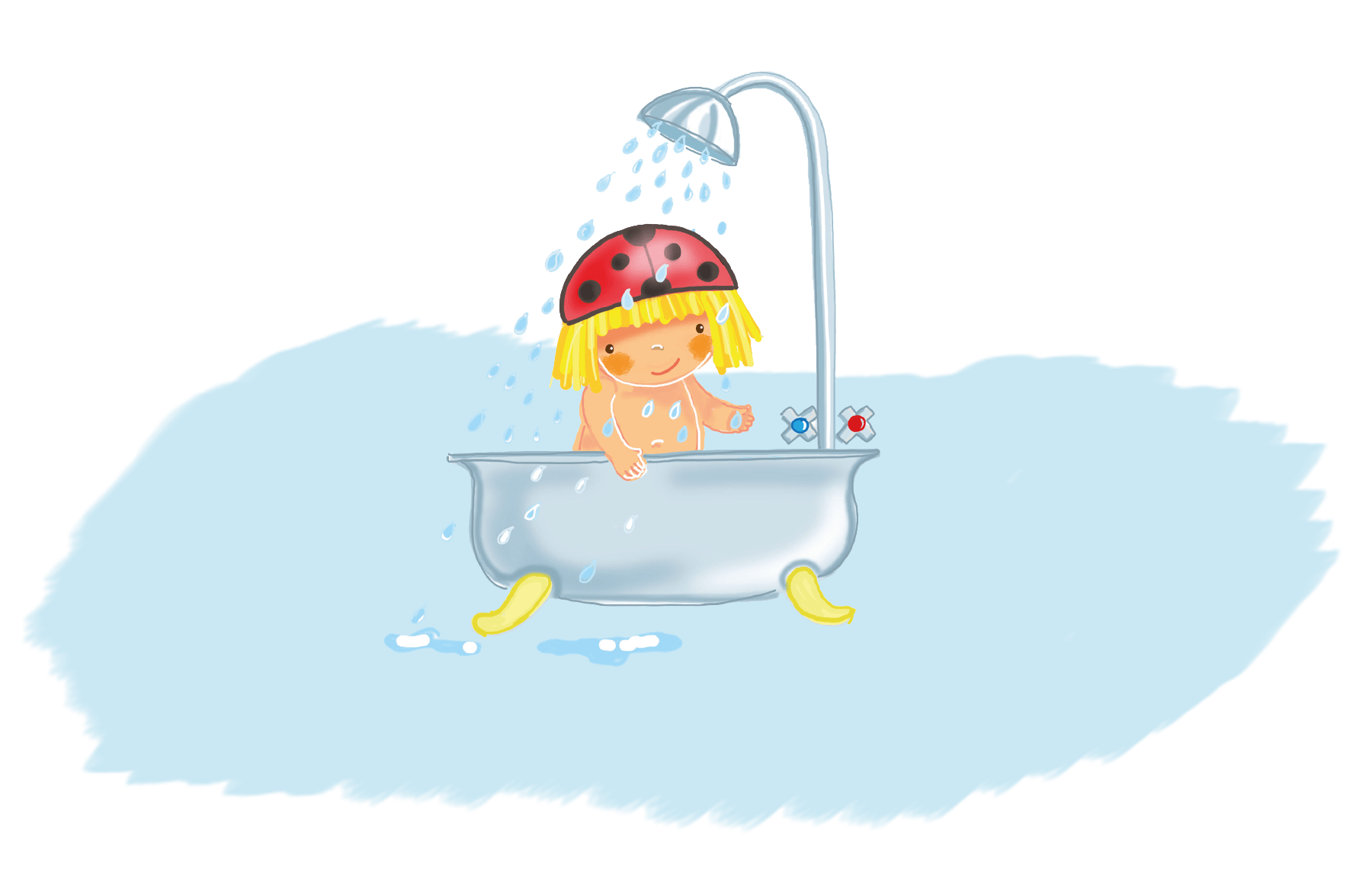
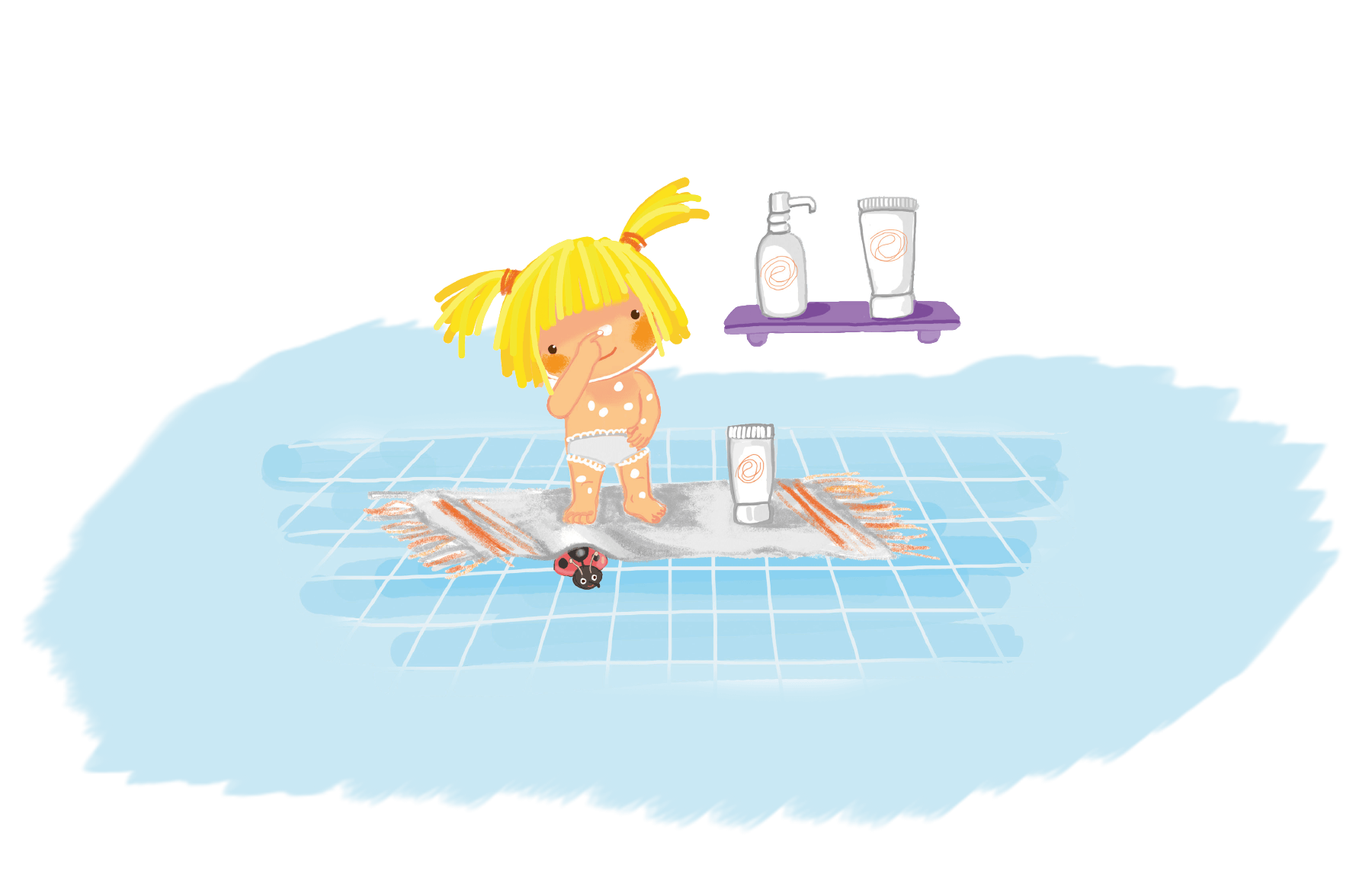
During activities
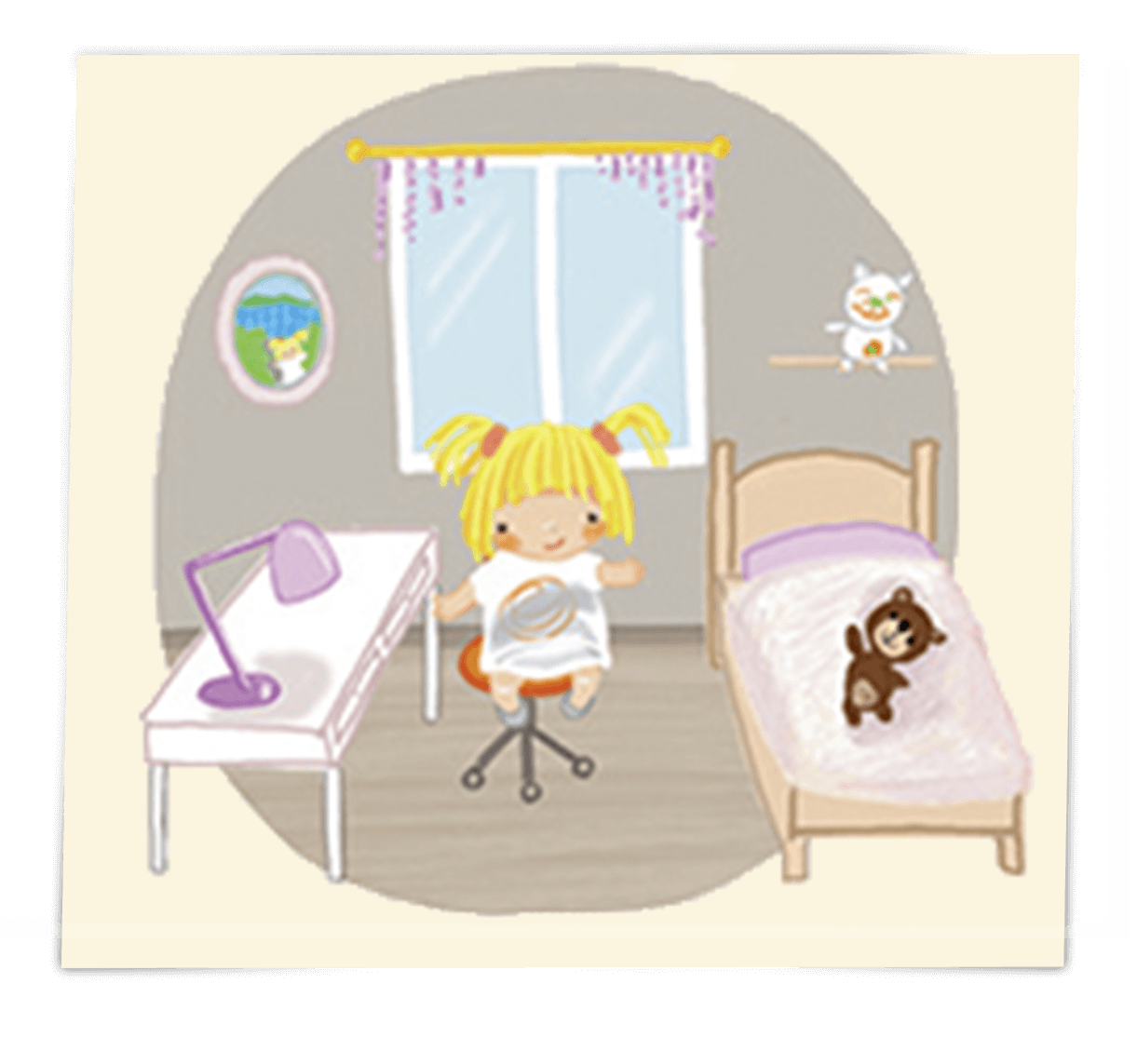
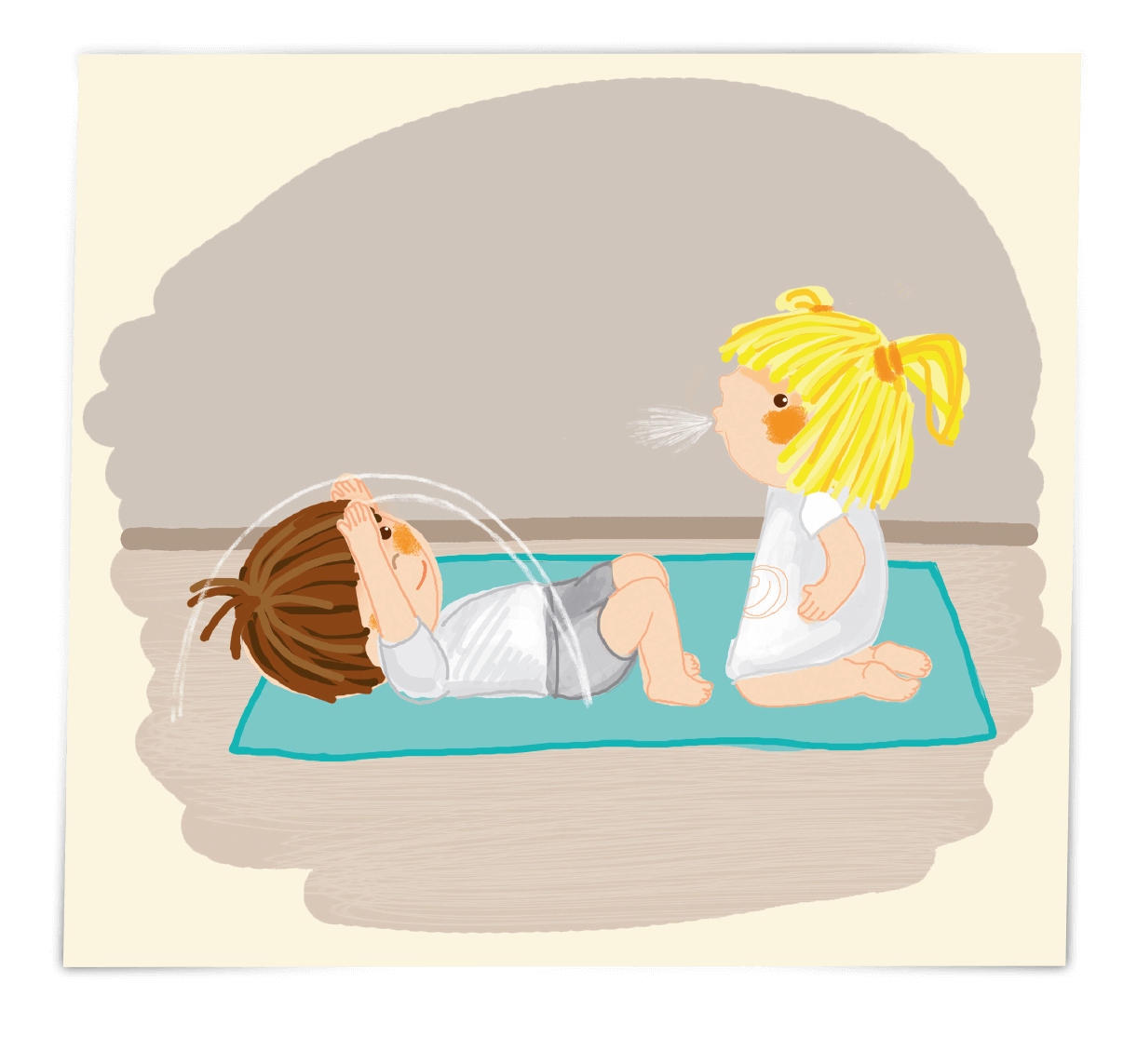
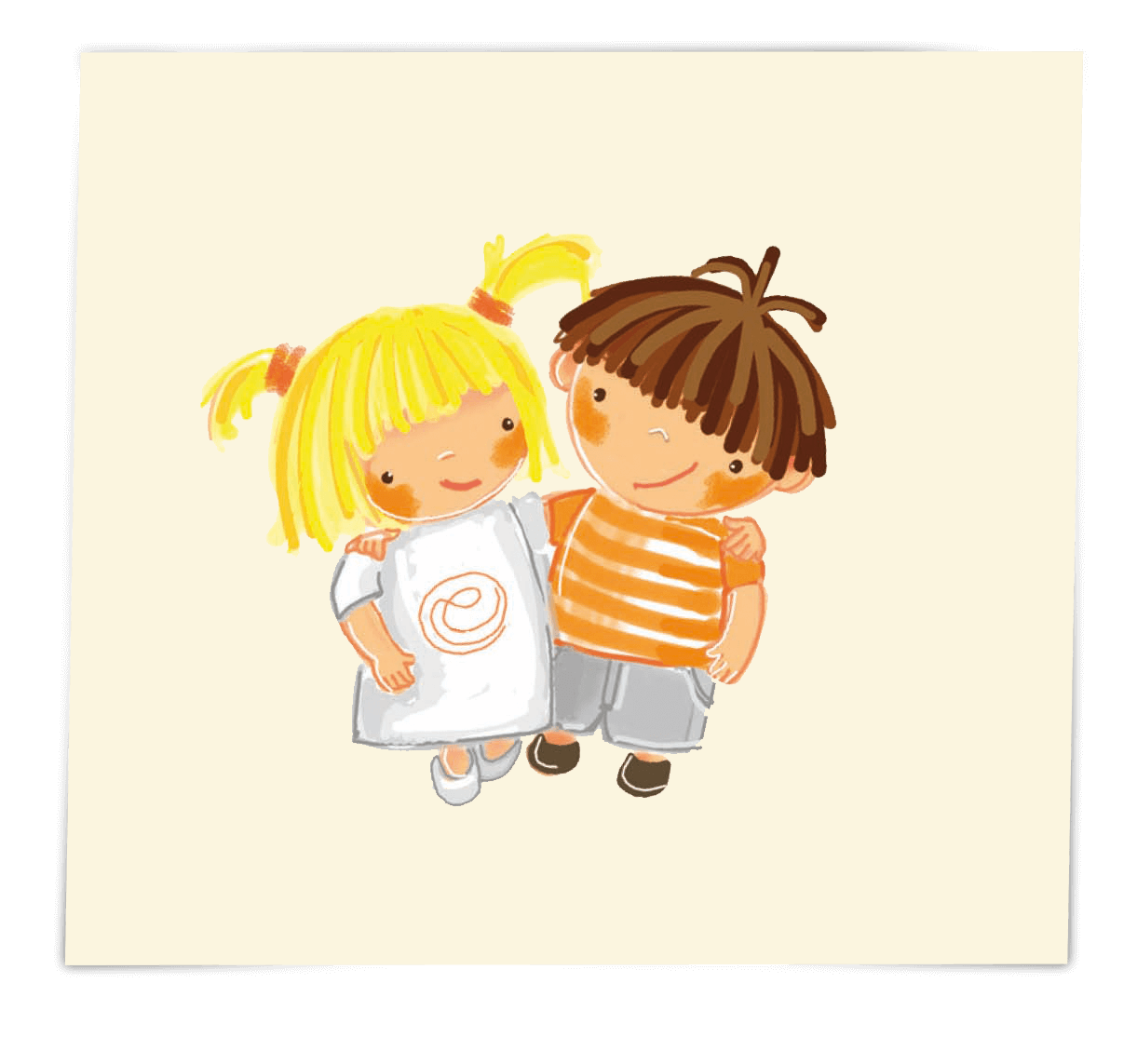
Little tips for parents
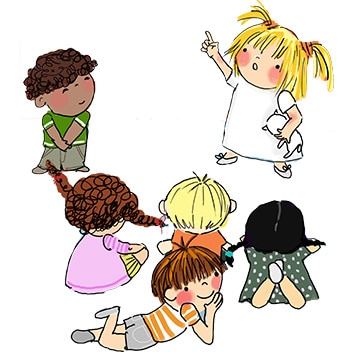
Does breastfeeding protect my child from eczema?
Is eczema linked to the diet?
How should I dress my child if they have eczema?
Can I bathe my child if they have eczema?
Is eczema psychosomatic?
Will my child have asthma?
Can we have a domestic animal?
Are there cleansing rules to follow around the house?
Can my child go out in the sun?
The emollient massage,
a moment of special care
Apply an emollient balm twice a day. A massage with emollient balm is a powerful moment of a day for an atopic child. It's a moment of gentleness and soothing. It is also a moment of contact, tenderness and time with Mum or Dad. Lay the child down before massaging each area, take a small amount of the emollient balm and warm it up between your hands.
